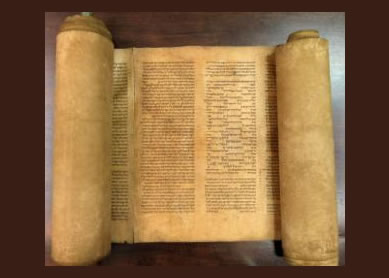Q. About when did the Hebrew ‘waw’ begin to be taken as ‘vav’?
A. The historic pronunciation of this letter (a voiced bilabial) is /waw/, a pronunciation attested in various Semitic languages (ancient and modern). Moreover, even the Masoretes (600 C.E.–1000 C.E.) arguably pronounced this letter as /waw/ (not /vav/). The common pronunciation of this letter today as /vav/ (rather than /waw/) is a reflection of conventions in the modern period, primarily those hailing from Germanic language practices (notice, for example, that the German letter /w/ is pronounced as an English /v/, not as an English /w/; thus, the German word “Wasser” [water] is pronounced /vasser/ in German). In sum, the tradition of pronouncing this letter as /waw/ is historically more accurate (and so it is found in many grammars of biblical Hebrew, including Thomas Lambdin’s). The convention of pronouncing it as /vav/ is also acceptable, but this pronunciation does hail from the modern period.





